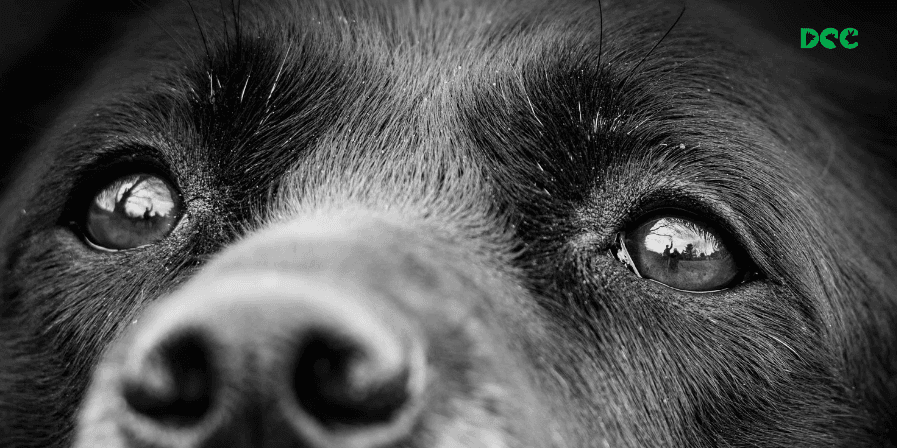Cataracts in Dogs Causes Types and Treatment

Learn about cataracts in dogs, their causes, types, treatment options, and prevention strategies to ensure your pet's eye health.
Cataracts in Dogs
Cataract in dogs is a disease that causes the lens of the eye to become cloudy, leading to visual impairment. Severe cases of cataracts can result in blindness, so it is important to detect and treat the disease before it progresses.
Types of Cataracts in Dogs
Cataracts in dogs are classified into four categories based on the degree of progression:
Early Cataract
There are no symptoms, and the level of lens degeneration cannot be seen without an ophthalmic microscope.
Immature Cataract
A condition in which part of the lens becomes cloudy, but there are no symptoms of visual impairment.
Mature Cataract
A condition in which the entire lens is completely cloudy, resulting in visual impairment.
Hypermature Cataract
A condition in which the lens proteins have melted. This is often accompanied by inflammation in the eye.
Causes of Cataracts in Dogs
Aging
Age-related cataracts imply the gradual whitening of the eyes as a dog gets older. This condition is most seen in dogs aged six and older.
Inheritance
Some dogs may develop cataracts at a young age due to inherited conditions. "Juvenile or young adult cataracts" can appear as early as the time of the first vaccination.
Uveitis
Inflammation of the uvea (the tissue surrounding the lens) can affect the lens' metabolism, leading to cataracts. It is not always clear whether uveitis or cataracts develop first.
Progressive Retinal Atrophy (PRA)
This inherited disease causes the retina to atrophy, leading to cataracts as the disease progresses.
Trauma
Eye injuries, such as scratches or accidents, can lead to cataracts.
Effects of Radiation
Exposure to radiation, such as during therapy, may cause cataracts to develop over time.
Toxic Substances
Chemicals like naphthalene and dinitrophenol can induce cataracts.
Complications of Underlying Diseases
- Diabetes: Uncontrolled blood sugar levels can cause cataracts to develop rapidly.
- Hypocalcemia: Low calcium levels in the blood can alter lens metabolism, leading to cataracts.
Treatment for Cataracts in Dogs
Medical Treatment (Eye Drops)
Currently, there is no treatment to restore clarity to the cloudy lens. However, eye drops can slow down the progression of cataracts and treat inflammation caused by the condition.
Surgical Treatment
Cataract surgery involves removing the cloudy lens using the "phacoemulsification and aspiration technique." An artificial lens is then implanted. Post-surgery, lifelong treatment with eye drops and regular check-ups are required.
Prevention of Cataracts in Dogs
While there is no established prevention method, managing underlying conditions like diabetes and treating eye diseases such as uveitis can help. Be cautious of unproven supplements marketed online for cataract prevention, as their effectiveness has not been medically confirmed.
FAQs
What are the signs of cataracts in dogs?
Signs include cloudiness in the eye, visual impairment, or behavioral changes indicating difficulty seeing.
Can cataracts in dogs be reversed?
No, cataracts cannot be reversed, but progression can be managed with medical or surgical treatment.
Is cataract surgery safe for dogs?
Yes, cataract surgery is generally safe and effective, provided your dog is a suitable candidate and the procedure is performed by a skilled veterinary ophthalmologist.
If you suspect your dog has cataracts, consult a veterinarian promptly to discuss diagnosis and treatment options. Early intervention can improve your pet's quality of life and prevent further complications.